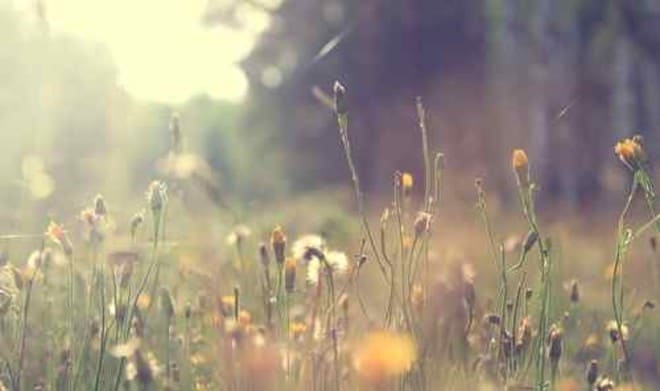“….the boundary between…tame and wild, exists only in the imperfections of the human mind” – Aldo Leopold
Wait! People ask when I say I am starting a wild farm: isn’t that an inherent contradiction? Isn’t “wild” the opposite of “farmed”?
Every farm exists in a wild landscape, and is dependent on nature for sun, soil, micronutrients, water, pollinators. Yet, as demand for food and biomass expands, we are losing more and more of this natural land. And by 2050 up to 849 hectares, an area equivalent to the size of Brazil, is projected to be lost to agriculture (pasture + crops), warned the U.N. Environment Program (UNEP) at Davos 2014—of the land already converted to agriculture, 38 percent has become degraded and has lost productive capacity. At the same time, the number of plant species used for food and other purposes has gone from 100,000 species to about 30.
How do we start to become more efficient in our use of land, preserve biodiversity and provide more diverse and healthy food options? The wild farm is a start. By planting native sumac trees, the farm will create a “wildlife corridor” for birds, pollinators, and other natural species. But, to take it a step further, the fruit of the wild sumac trees will, in and of itself, be the crop.
It seems that many farms start by assuming, in a somewhat rote way, what a crop is. Corn, soybeans, tomatoes, etc. are selected and the land is tamed to suit the crop. Because these plants would not naturally grow on that site, they need to be supported with inputs such as fertilizer, water and shelter. Instead why not look at what edible plant life would naturally and even exuberantly grow on that landscape and figure out how to make nature’s bounty delicious (with the help of creative chefs and taste enthusiasts)? Wild plants such as sumac trees love “poor” soils and do not require any irrigation, fertilizers, chemical pesticides, tilling, regarding, mulching, black plastic, or hoop houses. This is what I envision when I think of sustainable agriculture.
It’s a very simple concept but it only takes a minute to see the common sense in this.
As a professional forager, I am always on the hunt for bringing forgotten plants (some unfairly labeled as weeds) to the table. In working with starred chefs and restaurants representing a variety of cuisines as well as dining levels spanning fine dining to cafeterias, sumac is a clear winner across the board.
The place will be a Farm, because it will be tended, the trees will be planted and the fruits harvested when ready, as a crop. But the place will also be Wild because the seeds come from the wild, because the species is indigenous and we will let them spread as they would in nature. The place will also be a setting for education and research, designed with research protocols, a study methodology and baseline of results to aid future endeavors.
For more information on the farm and on foraging.
Sign up for Food Tank’s FREE Weekly Newsletter. More than 110,000 Subscribers And Counting. Click HERE to join.







